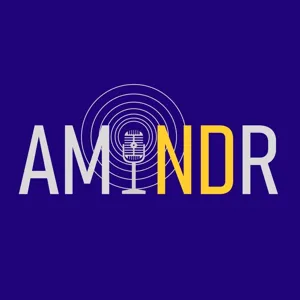Into the Mind of the Zebrafish: Untangling Neurodegenerative Disease with Dr. Liz Haynes

Episode Description:
Welcome to another intriguing episode from our AMA series, where we're diving deep into the realms of cell biology, cognitive aging, and neurodegenerative disease, all through the lens of zebrafish!
We're delighted to have Dr. Liz Haynes, a cell biologist and post-doctoral fellow, as our special guest. A proud advocate for open-source tools and publishing, Dr. Haynes wields a microscope and an unyielding curiosity for the brain's smallest defenders, the microglia.
She embarked on her scientific journey at UNC-Chapel Hill, studying the fascinating actin dynamics and then plunging into the intricate world of kinesin-1’s cargo-binding subunits. But it was the world of zebrafish that stole her heart and honed her research focus.
Dr. Haynes utilizes her expertise in multiscale microscopy, specifically 2-photon and light sheet microscopy, to elucidate the role of microglia in cognitive aging and neurodegenerative diseases in zebrafish. The aim? To unravel the complex behaviors of cells in a 3D environment.
Currently, as a Morgridge Post-Doctoral Fellow working with the Eliceiri and Ulland labs, Dr. Haynes continues to innovate strategies for longitudinal light sheet and multiphoton microscopy. Her work promises new insights into microglia's part in the progression of neurodegenerative diseases.
Join us as we discuss zebrafish, microglia, and the incredible world of cell biology with Dr. Haynes. Prepare to be amazed at what we can learn from the unassuming zebrafish and how they can teach us about cognitive aging and neurodegenerative disease.
Today’s AMA is featuring Dr. Liz Haynes. You can follow her Sci Find Profile here (https://scifind.io/profiles/liz-haynes-j07bjmkz6uukura) to see some of her posts and her Twitter handle is @actin_crazy (https://twitter.com/actin_crazy). Check out her posts: https://scifind.io/posts/tissue-clearing-part-2-mounting-where-theres-a-will-theres-a-way-30puv6hnt5qratg and https://scifind.io/posts/tissue-clearing-part-1-how-i-learned-to-stop-worrying-and-love-r-p3p45h5yjb45iko













